For a while, it seemed like every new smartphone was trying to outdo the last in terms of sheer size. Giant screens, massive batteries, and protruding camera bumps became the norm. But recently, there’s been a whisper of a potential shift back towards slimmer, more pocketable devices. Could “slim” be the new “big” in the smartphone world? Color me skeptical.
The trend towards larger phones was driven by a clear demand for more screen real estate and longer battery life. We’ve become accustomed to using our phones for everything from watching movies to mobile gaming, and those activities are simply more enjoyable on a larger display. Plus, who wouldn’t want a phone that can last all day without needing a recharge? While I appreciate the potential elegance of a slimmer phone, I struggle to see how manufacturers can reconcile that design with the features users have come to expect.
The Rise and Fall (and Potential Rise?) of Slim
To understand why I’m doubtful about a widespread return to slim smartphones, it’s helpful to look back at how we got here. In the early days of smartphones, slim profiles were a major selling point. Remember the original iPhone, with its sleek design and emphasis on portability? That was a time when phones were primarily used for calling and texting, and battery life wasn’t the constant concern it is today.
As smartphones evolved into pocket computers, the demand for larger screens and more powerful batteries grew. Manufacturers responded by packing more and more technology into their devices, leading to the thicker, heavier phones we see today. This trend was further fueled by advancements in camera technology, with multiple lenses and larger sensors requiring more physical space.
Now, there are murmurs of a potential shift back towards slimmer designs. Some manufacturers have started releasing phones with slightly thinner profiles, and there’s been a renewed focus on lightweight materials. But is this a genuine trend, or just a blip on the radar?
The Challenges of Slim
In my view, there are several significant challenges that stand in the way of a true “slim” comeback:
- Battery Life: One of the biggest hurdles is battery technology. To make phones significantly slimmer, manufacturers would need to either reduce battery capacity or develop thinner, more energy-dense batteries. Neither option is particularly appealing. Smaller batteries would mean shorter battery life, which is a non-starter for most users. And while battery technology is constantly improving, we’re not yet at a point where we can have both incredibly thin phones and all-day battery life.
- Camera Technology: As mentioned earlier, camera systems have become increasingly complex, with multiple lenses and larger sensors. These components take up space, making it difficult to achieve a truly slim profile without compromising image quality. While computational photography has made strides in improving image quality from smaller sensors, there are still limitations.
- Thermal Management: Powerful processors generate heat, and that heat needs to be dissipated to prevent performance throttling and potential damage to the device. Thinner phones have less space for heat sinks and other cooling mechanisms, which could lead to overheating issues, especially during demanding tasks like gaming or video recording.
- Durability: Slim phones are inherently more fragile than their thicker counterparts. They’re more susceptible to bending and breaking, which could be a concern for users who are rough on their devices. While manufacturers can use stronger materials to mitigate this risk, it often comes at the expense of weight and cost.
The Appeal of Slim
Despite these challenges, there’s no denying that slim phones have a certain appeal. They’re more comfortable to hold, easier to slip into a pocket, and often look more elegant. For some users, the aesthetic and ergonomic benefits may outweigh the potential drawbacks.
Moreover, there’s a growing segment of users who prioritize portability and style over raw power and features. These users may be willing to sacrifice some battery life or camera performance in exchange for a slimmer, more pocketable device. This segment is likely small, but it could be enough to encourage manufacturers to explore slimmer designs.
My Prediction: Slim is a Niche, Not a Comeback
While I appreciate the appeal of slim smartphones, I believe their potential comeback is likely to be limited. The demands of modern smartphone usage, particularly in areas like battery life and camera technology, make it difficult to achieve truly slim designs without significant compromises.
I suspect we’ll see more phones with slightly thinner profiles and a renewed focus on lightweight materials. But I don’t anticipate a widespread return to the ultra-slim designs of the past. Instead, I believe “slim” will become a niche category, catering to users who prioritize portability and aesthetics over everything else.
Perhaps I’m wrong. Maybe there’s a technological breakthrough just around the corner that will allow manufacturers to create incredibly thin phones without sacrificing battery life or performance. But until then, I’ll remain skeptical. For now, it seems that “big” is here to stay.

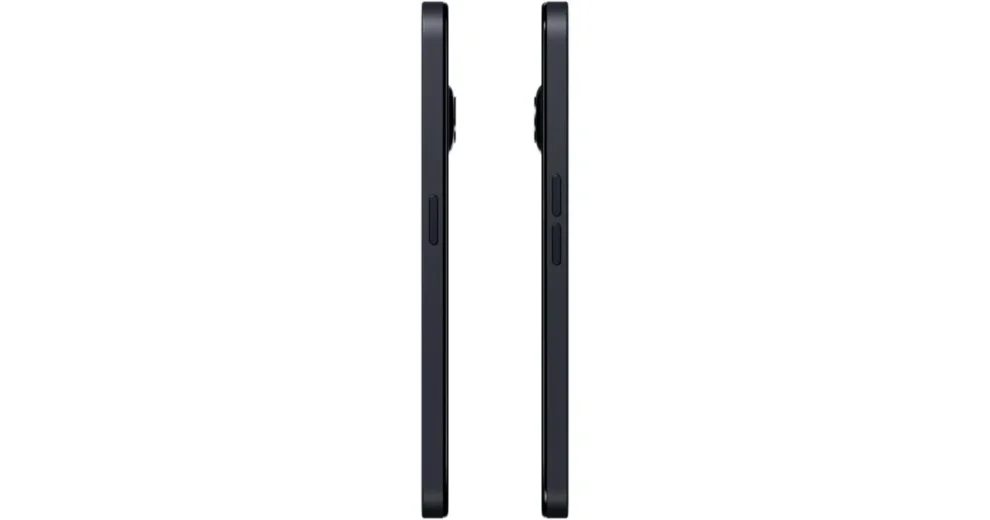



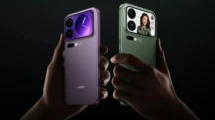
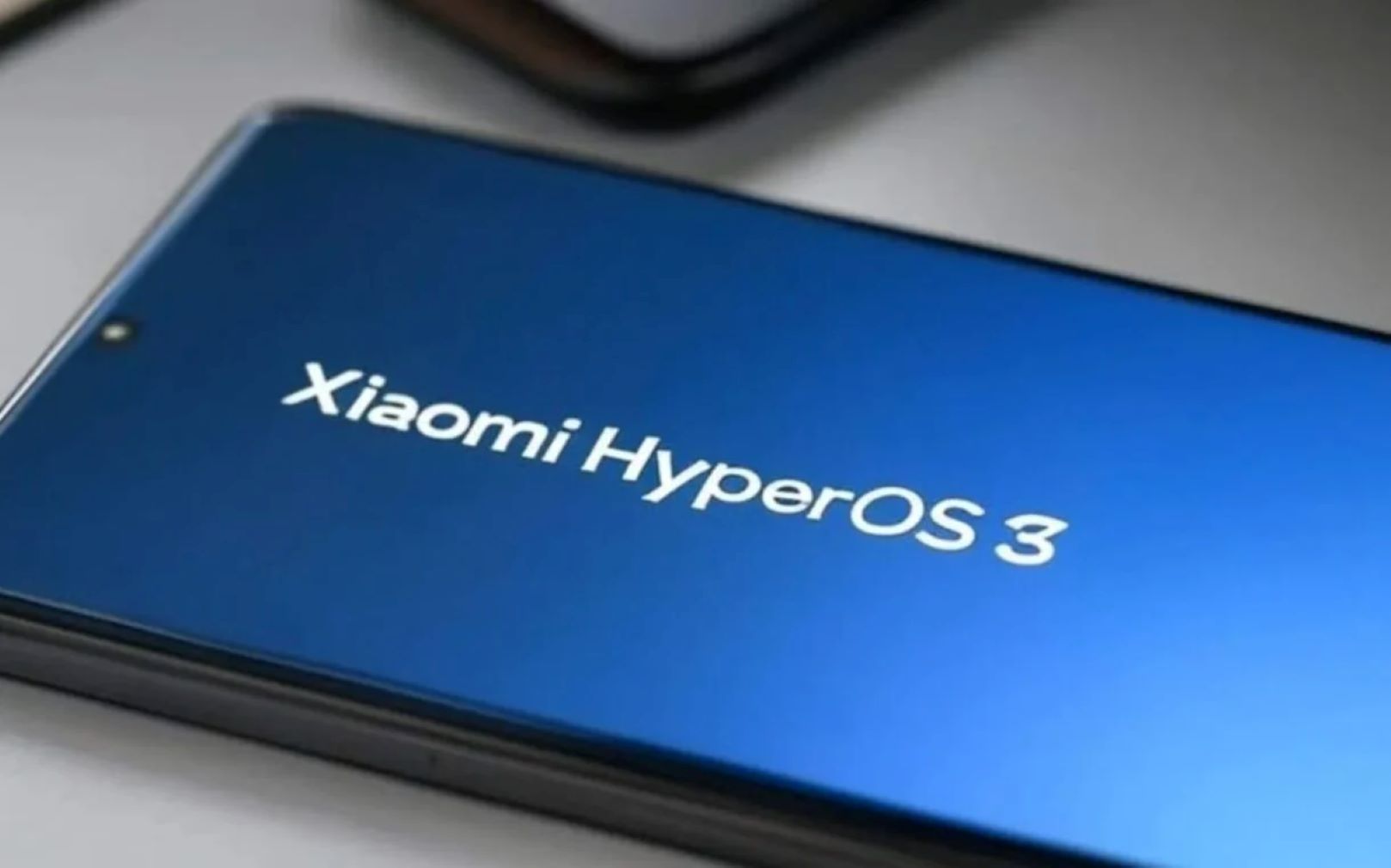
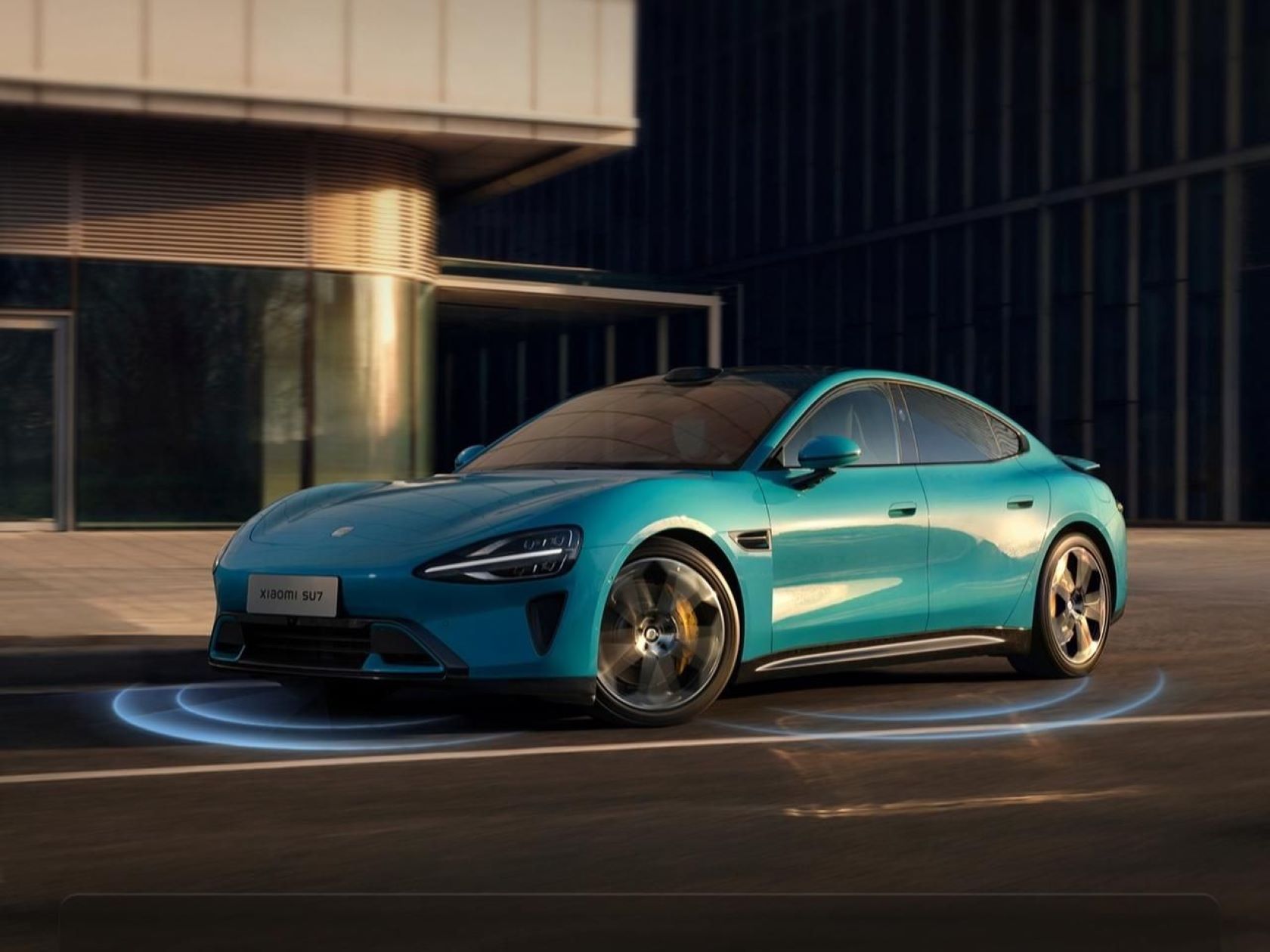

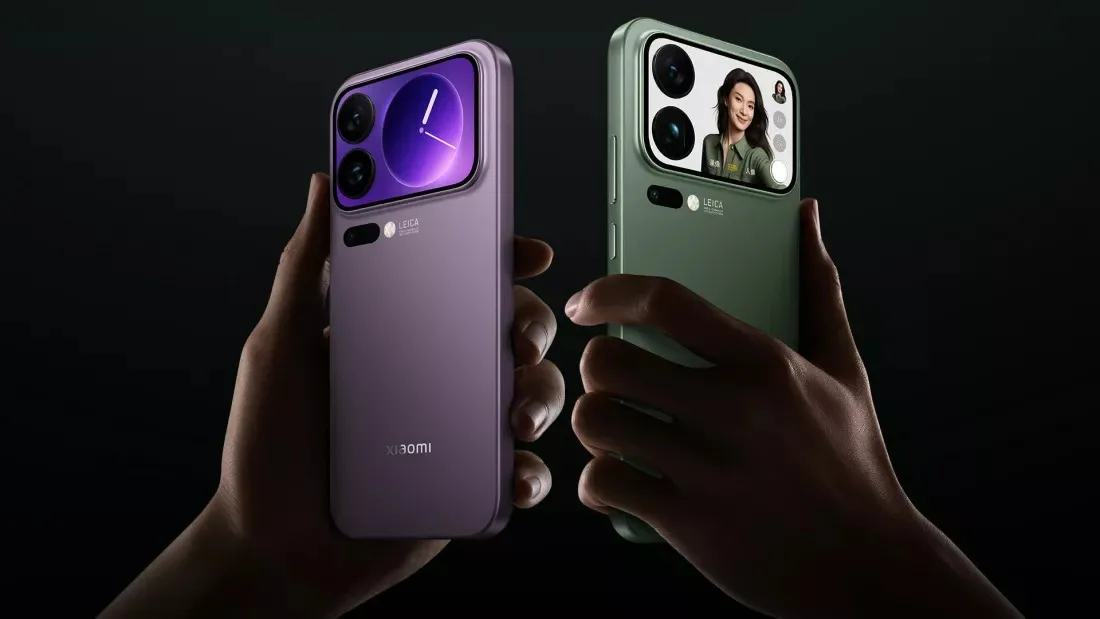
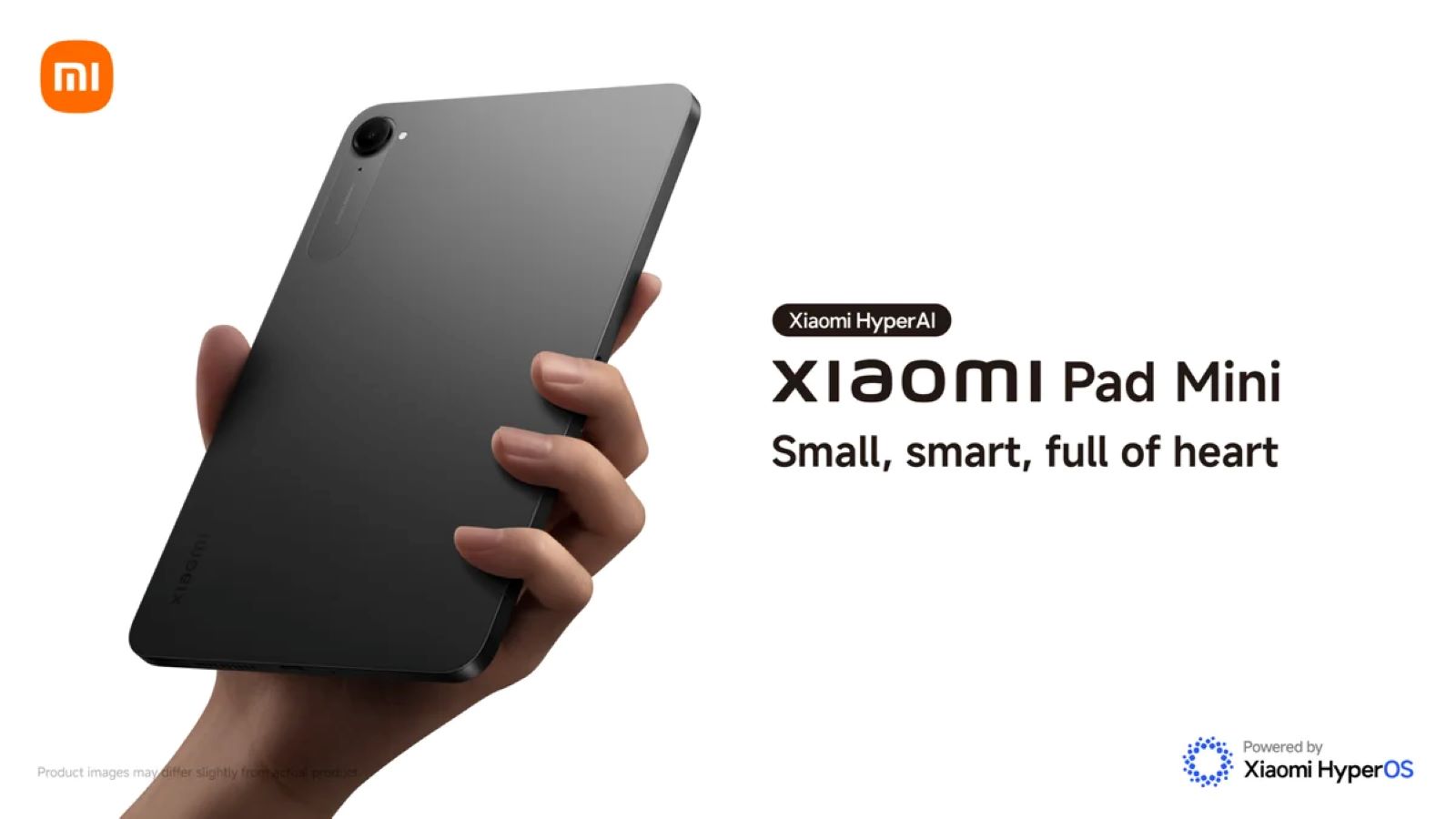
Add Comment